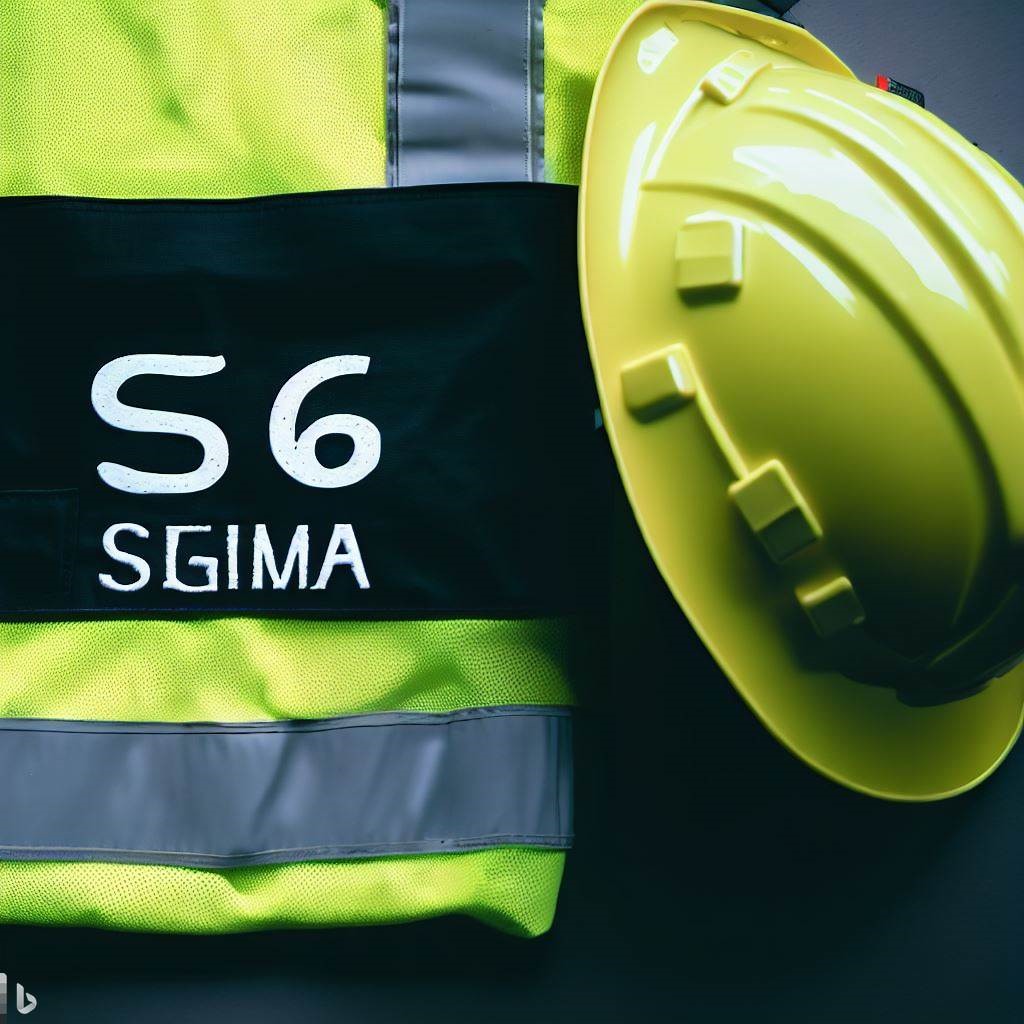To determine the true origins of an accident or incident, various techniques are employed. One such technique involves the continuous use of a questioning approach that asks ‘why?’ and then applies the obtained answers to create a causal tree analysis on a visual diagram. By applying this technique to the described accident, we can illustrate how it functions.
We initiate the process by examining the ultimate consequence and working backward, repeatedly posing the question ‘why?’. This approach allows us to construct a comprehensive picture of all contributing factors.
Let’s apply the ‘why?’ questions to our scenario and explore what emerges:
Kuvar Jain, a control room operator on a floating production storage and offloading (FPSO) platform, was tasked with inspecting a fire and gas sensor located some distance from his usual work station. In an attempt to save time, he opted for a shortcut through an area containing steam pipes.
- Unauthorized personnel are typically prohibited from entering this area due to the pressurized and high-temperature steam within the pipes. As he passed by the piping, one of the flanges on the steam pipes released a burst of steam, resulting in severe burns to Kuvar Jain’s hand.
Kuvar Jain, an injured casualty, managed to make his way to the medical bay for treatment. Subsequently, an investigation into the incident was initiated.
Now, let’s navigate through the investigation of Kuvar Jain’s accident by posing a series of questions. These questions are designed to uncover facts as they progressively unfold, much like peeling the layers of an onion.
We begin with the established fact that ‘an individual (Kuvar Jain) sustained injuries in an area containing steam pipes.’ From there, we continuously ask ‘why?’ to unveil the underlying cause(s) of each element as it becomes evident.
Fact – An individual (Kuvar Jain) sustained injuries in the area housing steam pipes.
Question: What was the cause?
Answer:
As Kuvar Jain was passing one of the steam pipe flanges, there was an unpredicted blast of steam emitted from one of the flanges.
Question: Why was Kuvar Jain near the steam pipes?
Answer:
Because he took a shortcut.
Question: Was he allowed in that area?
Answer:
No. It was a restricted area.
Question: Why did he take an unauthorized shortcut?
Answer:
Because no one had told him he could not.
Question: Why had no one told him he could not take a shortcut through the area housing steam pipes?
Answer:
Due to a lack of proper induction training and poor supervision.
Question: Why did the steam escape?
Answer:
Because there was a leak on the flange.
Question: Why was there a leak on the flange?
Answer:
Because some of the flange bolts had loosened.
Question: Why had the flange bolts loosened?
Answer:
Because the maintenance schedule had been allowed to lapse, and the bolts had not been inspected in accordance with the schedule.
